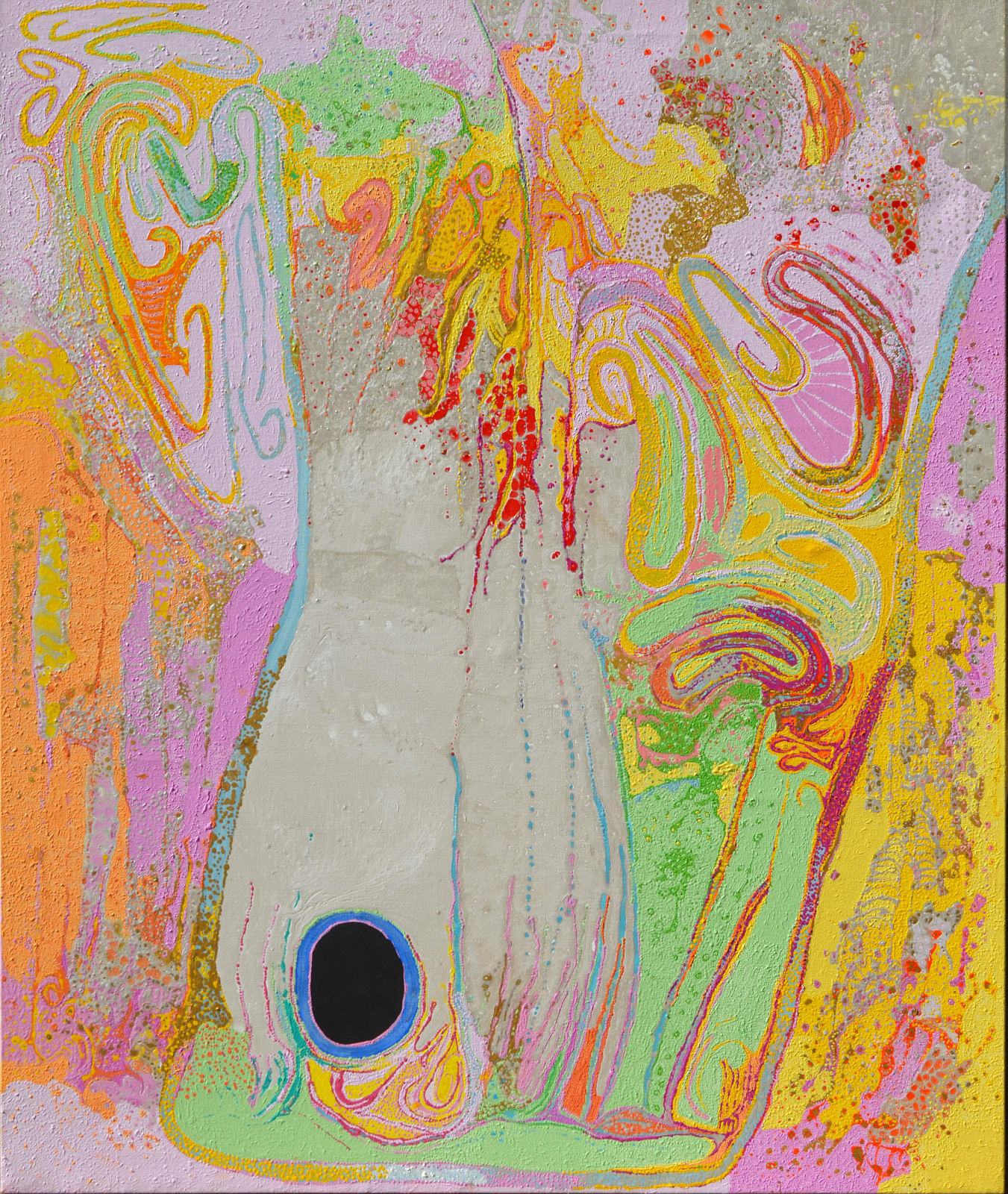Daniel Walbidi Australian, Yulparitja/Mangala, b. 1983
Daniel Walbidi Australian, Yulparitja/Mangala, b. 1983
Winpa
acrylic on linen
180 x 150 cm
838417
Daniel has painted the jila (living water) of his ancestor's country. Winpa is the larger circle at the top of the warla (salt lake) (the white area is the salt-lake)....
Daniel has painted the jila (living water) of his ancestor's country. Winpa is the larger circle at the top of the warla (salt lake) (the white area is the salt-lake). The four smaller waterholes are winpa's sons that appear today as small water holes in the edge of the salt pan. This jila (living water) is one of the most significant places for many of the tribes in Great sandy Desert. He was the last living ancestral being to lay down. He is the greatest rainmaker in the desert region, who travelled extensively around Australia. His story travels to the Great Australian Bight into Central Australia and up to the Kimberley.This country is an important place for Daniel's family who lived in the desert until the early 1970s. In Daniel's hometown of Bidyadanga, Daniel paints with the elders of the community who communicate the landscape of Winpa through song and painting. Winpa is significant to his people many elders have strong memories of losing their brothers and sisters at this waterhole. It is an important ceremonial ground for calling up rain. The large waterhole is connected underground to the surrounding yinti (creeks) and jila of the landscape. Daniel has also painted the abundance of mayi (bushfood) that is dotted over the tali (sand dunes).
The small coloured lines indicate people, all the people sitting around - for ceremony, rainmaking ceremony at Winpa.
The small coloured lines indicate people, all the people sitting around - for ceremony, rainmaking ceremony at Winpa.
